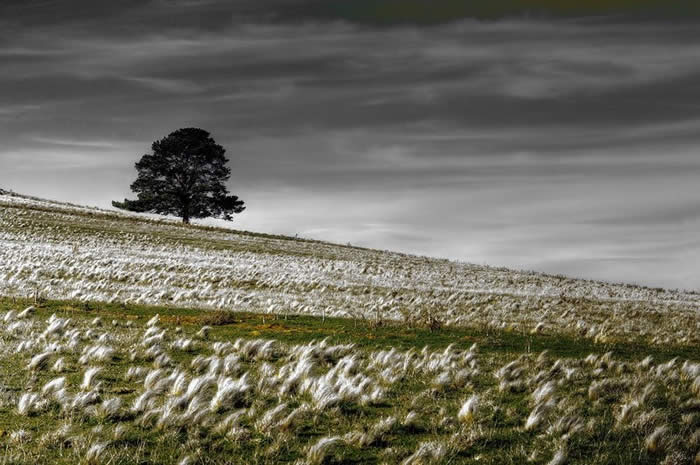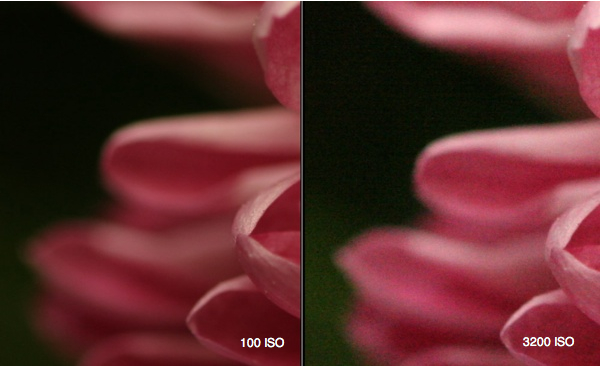I've own a professional camera for a long time now, I love it because it takes amazing quality pictures but the truth is that I hadn't taken advantage of all the cool things you can adjust and change to take even cooler pictures. Today we had a small workshop with Gabriel Barreto who taught us about aperture, speed shutter and ISO. This three settings help you adjust the light in different ways so you can have a better quality image or video, it allows you to increase the light focus
and have a cleaner image.
and have a cleaner image.
Aperture
| Large Aperture: focuses on one single object or thing allowing you to make the background blurry. This creates a more intimate effect because it makes the audience concentrate and only pay attention to one thing. Large aperture is usually used when there is little light. | Short Aperture: focuses the entire image, it doesn't make anything blurry and it gives you an entire clean shot of all the setting. Short aperture is usually used when there is a lot of light. |
Speed Shutter
When holding the camera the maximum shutter speed should be 60.
ISO
A lower ISO will produce a higher quality image but you need more light. When manipulating ISO we sometimes get grainy images so we have to be careful not to go over 100. If more light is needed it is better to adjust aperture or shutter speed instead.





 RSS Feed
RSS Feed
